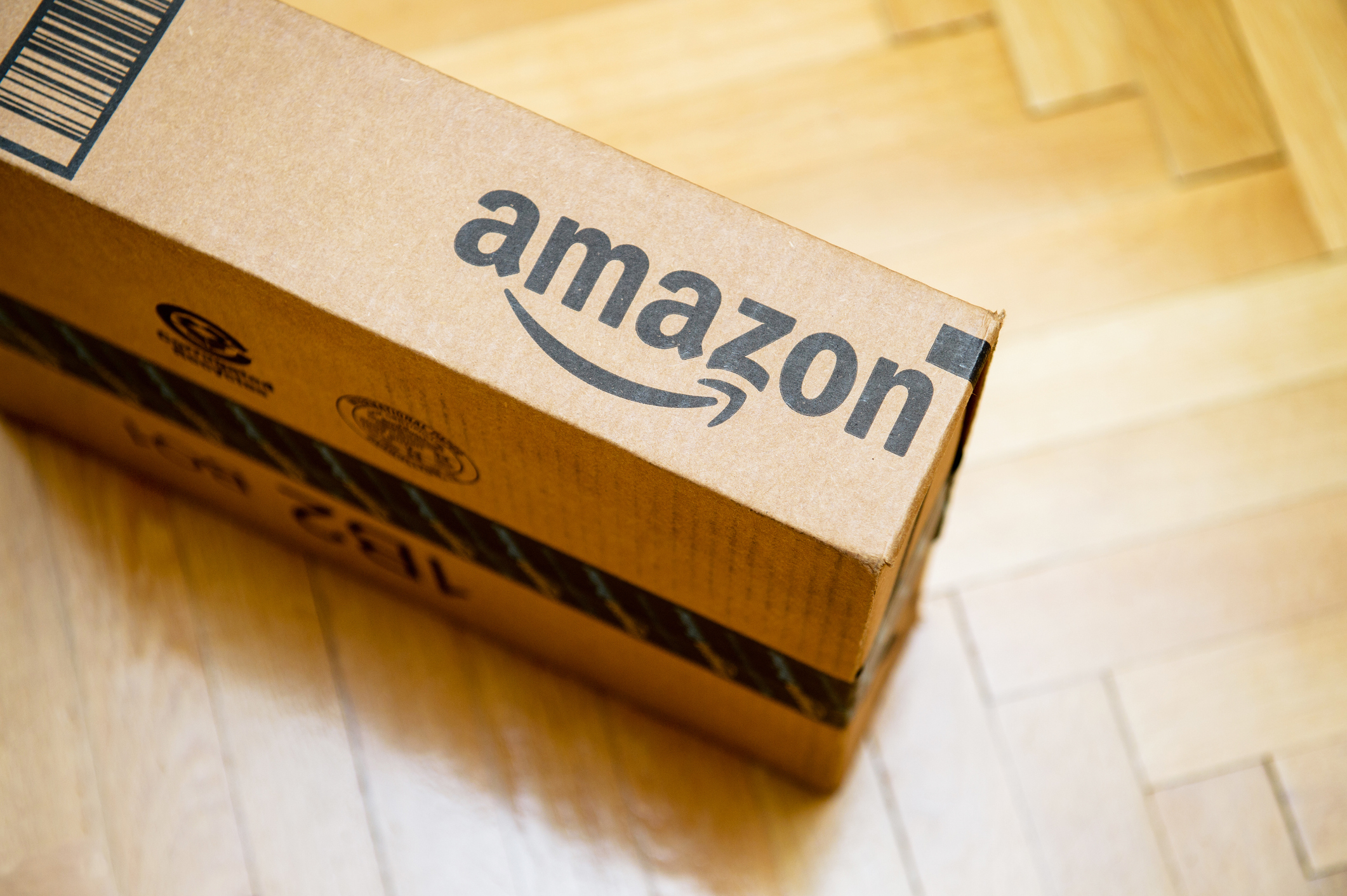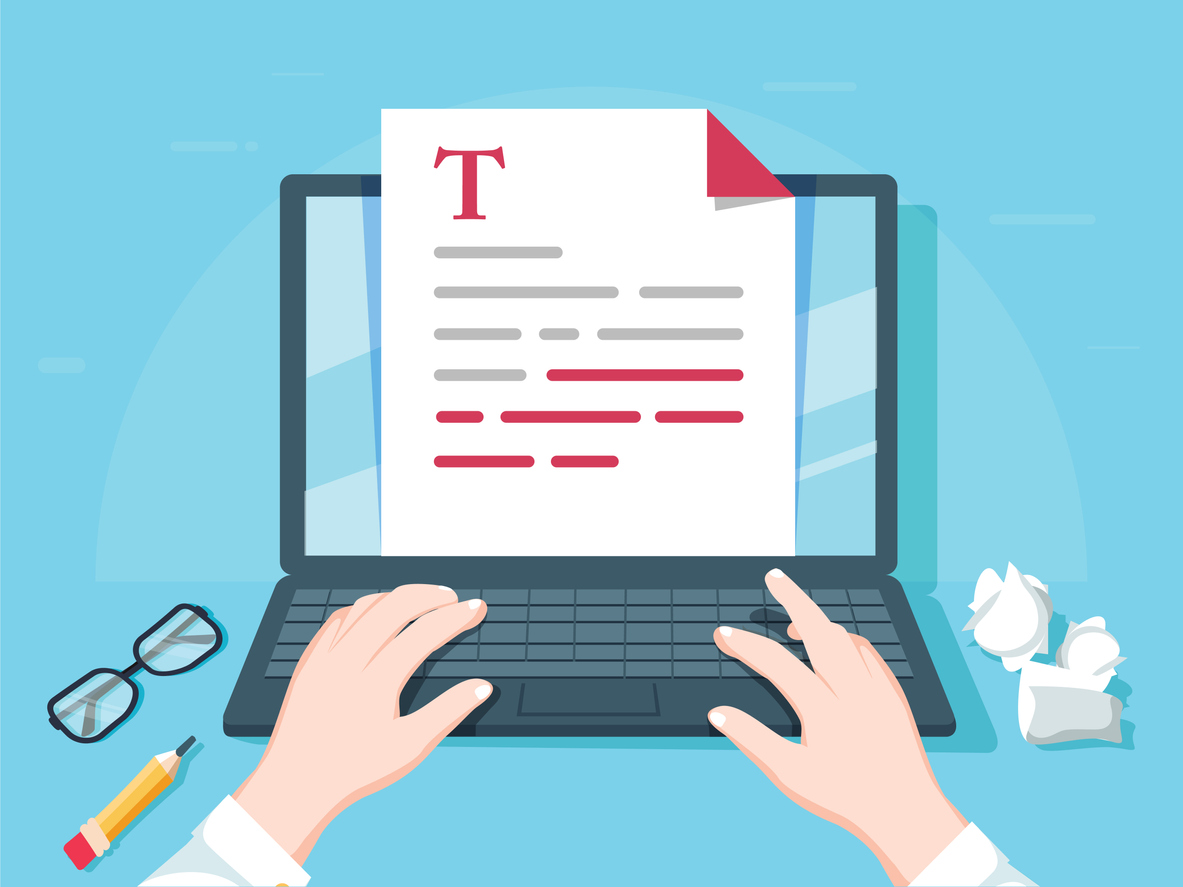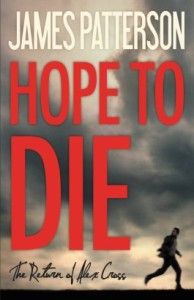If you self-publish, there are two ways to influence your rankings on Amazon that I have learned from adapting and experimenting on the platform. Although these tactics have been available in one form or other for a while now, they are still a mystery for many self-published authors who upload their books directly to Amazon. Here I will address each method in order of importance.
1. Kindle Direct
I love Kindle Direct because it satisfies the practice of giving to get something in marketing. When you publish your book directly on Amazon and sign up for Kindle Direct, you are giving Amazon the right to sell your ebook exclusively for a period of 90 days. This means you are not publishing your ebook on any other platform until the 90 days are over. In exchange you get access to a very valuable tool–a Kindle promotion.
A Kindle promotion is either a free ebook giveaway or a countdown deal. If you look on your “marketing” tab in your KDP (Kindle Direct Publishing) account you can read the descriptions of both. I like to do the free ebook because it generates more downloads–“free is free” after all. By signing up you are now part of an Amazon promotion that is optimized based on an algorithm. You didn’t have to learn it or guess it or pray for it, it is just there because Amazon sees some value in having exclusive access to your book for three months.
Your deal will help generate awareness, rankings, and reviews. Rankings are based on sales numbers, rate of sales, and page visits. So when more people click through to your deal they are counted toward your bestsellers number. Also, in my experience, people who receive free copies of books often rate and/or review them. You don’t even have to ask! The rate of return of reviews is based on the amount of downloads you get. If 100 people take advantage of the promotion, you could get between 5 – 10 reviews, which is a 5 – 10% rate of return. Not bad for clicking a few boxes.
2. Amazon Categories
The second way to influence your rankings on Amazon is to take advantage of selecting as many categories as you can, at a granular level. This year Amazon changed its category policies, which has made some people upset. You can check out this Reddit link to read arguments for and against the new rules. I have a more favorable view because the new system allows you to apply some powerful marketing to themes in your book.
For example if your book is a thriller you can drill down to “psychological thriller”, “sci fi thriller”, and “techno thriller”, among others. We had a client with a “techno thriller” book that ranked in the Amazon bestsellers top ten. You are allowed three category listings per book page and some classifications allow you to enter two subcategories. There are people who have expressed concern because Amazon made changes to their books’ category listings without getting approval. In the fineprint your will find that this is permissible. To reduce the chances of this happening, do your best to be creative but stick to topics that truly represent what is in between the covers. If you want to play with more ideas, use them as keywords. Just remember that what is cool or witty to you may not be for your readers. Always think about what your readers want.
My recommendation would be to take advantage of both of these tools. Pick your categories carefully (and your keywords) and when you are ready, launch your Kindle Select promotion. If you do and you want to share your experience, please email us at info@clairemckinneypr.com. For other information about Amazon, check out our most recent post about Amazon’s ordering policy.
Amazon’s Order Policy Will Affect Indie Authors and Publishers





 Bar Codes: I recently heard from some book professionals that it was imperative to have a price in the bar code on the back of a book. I took the question to the highest authority on the subject at the
Bar Codes: I recently heard from some book professionals that it was imperative to have a price in the bar code on the back of a book. I took the question to the highest authority on the subject at the  . Distribution: POD (Print-on-Demand) is used by many businesses in the indie publishing world, but this method often makes distribution to brick-and-mortar stores difficult to achieve. I spoke with several different distributors at Book Expo 2018, including IngramSpark (a POD distributor) to find out how an indie publisher might be able to work with them. In general, distributors are looking for publishers who release at least ten titles per year. While there are exceptions to every rule, the increase in small publishers has encouraged companies to be more efficient and choosy about which ones they represent. A few distributors to mention are:
. Distribution: POD (Print-on-Demand) is used by many businesses in the indie publishing world, but this method often makes distribution to brick-and-mortar stores difficult to achieve. I spoke with several different distributors at Book Expo 2018, including IngramSpark (a POD distributor) to find out how an indie publisher might be able to work with them. In general, distributors are looking for publishers who release at least ten titles per year. While there are exceptions to every rule, the increase in small publishers has encouraged companies to be more efficient and choosy about which ones they represent. A few distributors to mention are: I will let you in on a secret: no one, not even the big publishers, know exactly when to publish a book. Yes, there are some givens, like making sure you are able to get into holiday and other promotions like Christmas, Mother’s Day, Father’s Day, etc. Then there are books by authors that consumers are trained to buy in a certain month based on its availability. I’m talking about Michael Connelly, James Patterson, and others who write at least one book per year.
I will let you in on a secret: no one, not even the big publishers, know exactly when to publish a book. Yes, there are some givens, like making sure you are able to get into holiday and other promotions like Christmas, Mother’s Day, Father’s Day, etc. Then there are books by authors that consumers are trained to buy in a certain month based on its availability. I’m talking about Michael Connelly, James Patterson, and others who write at least one book per year.